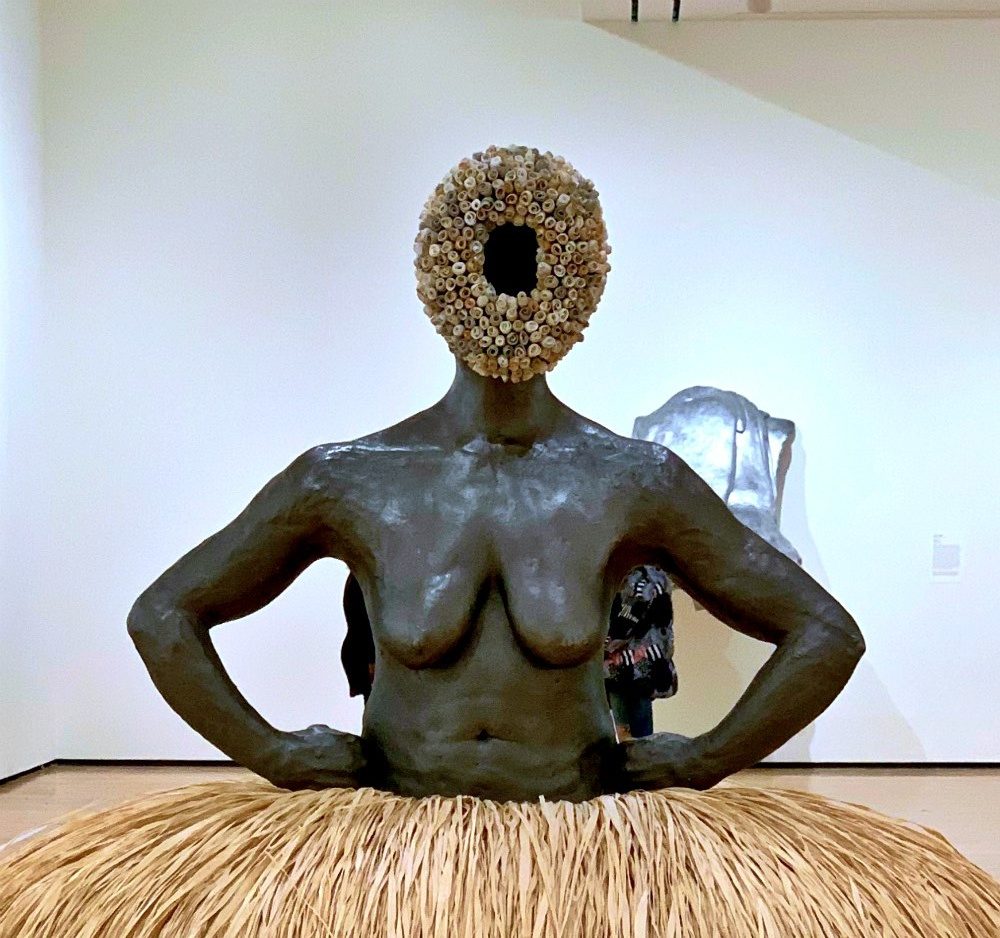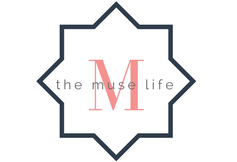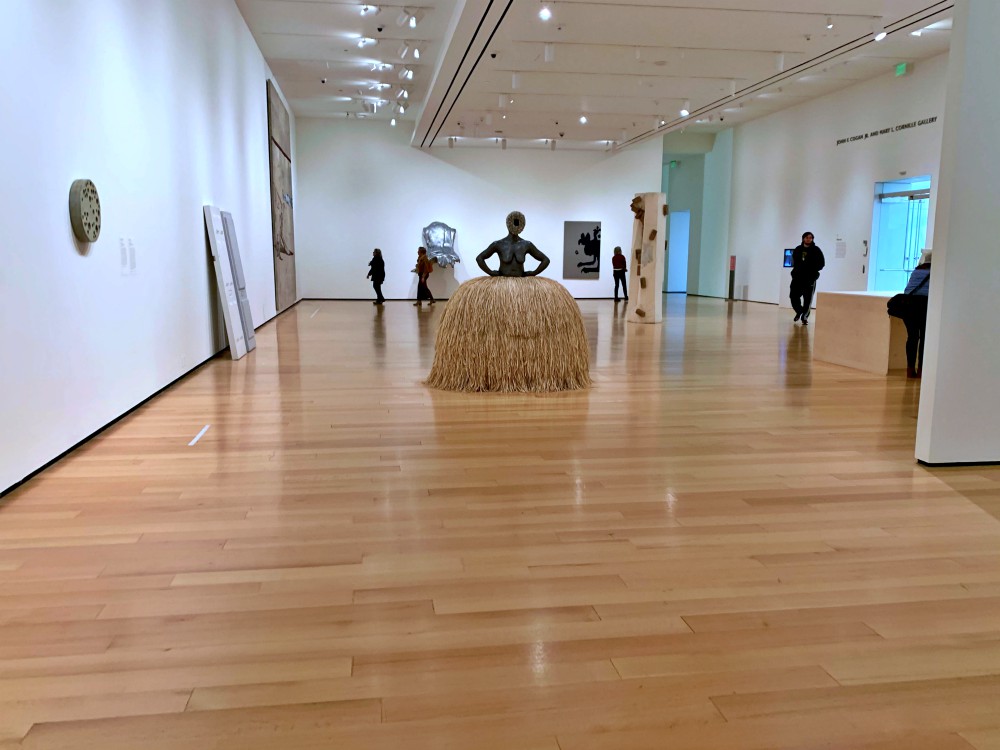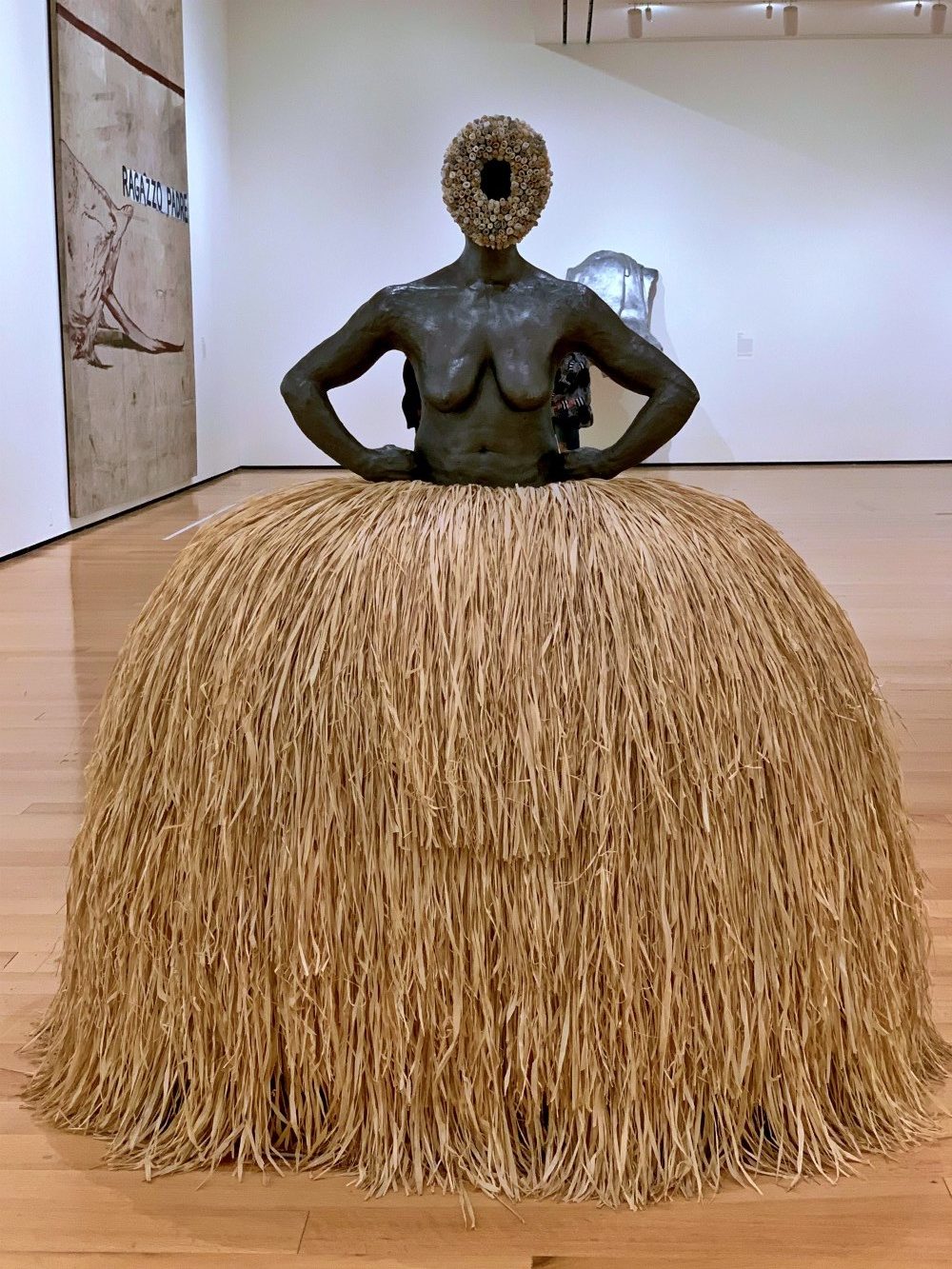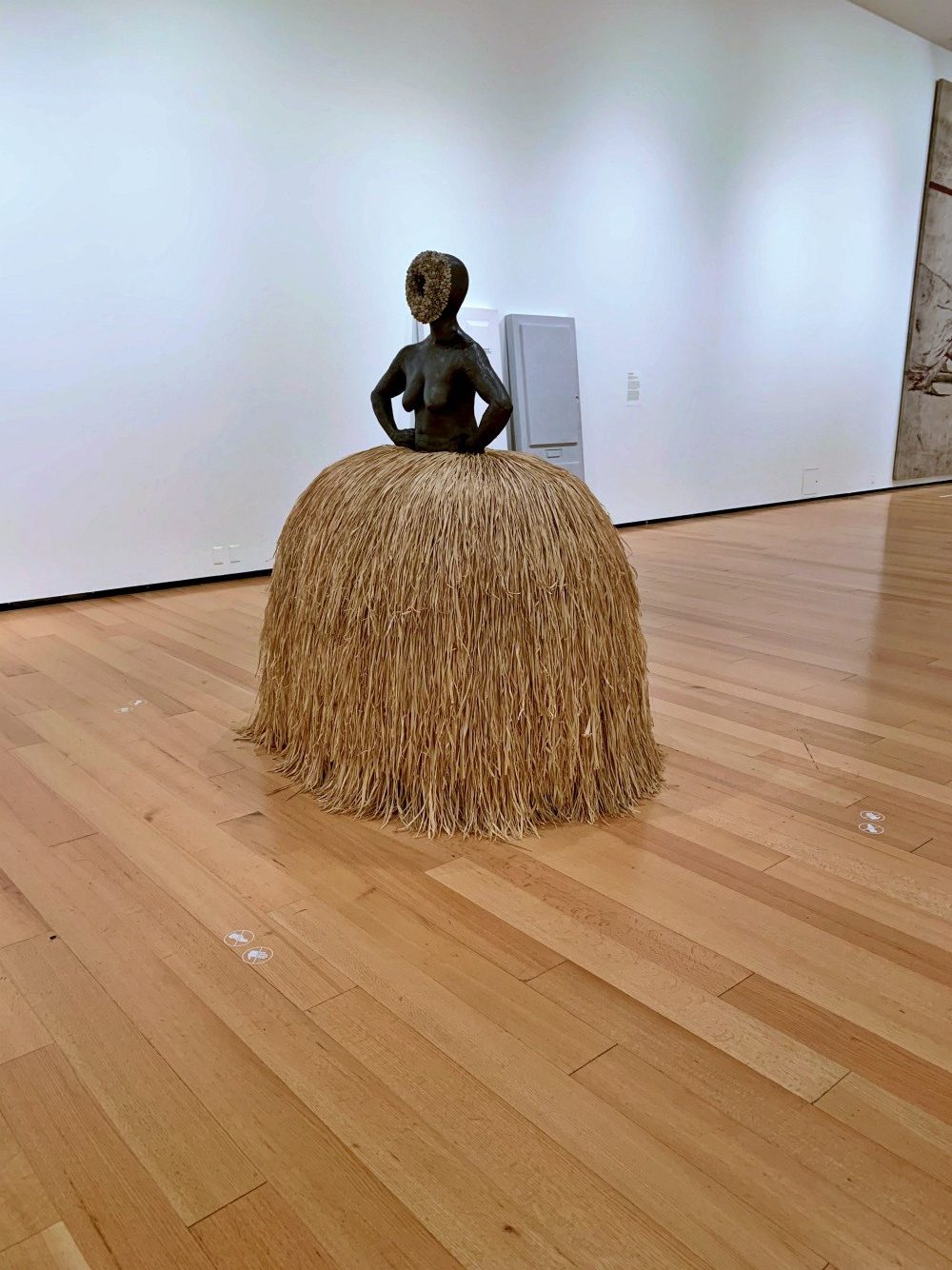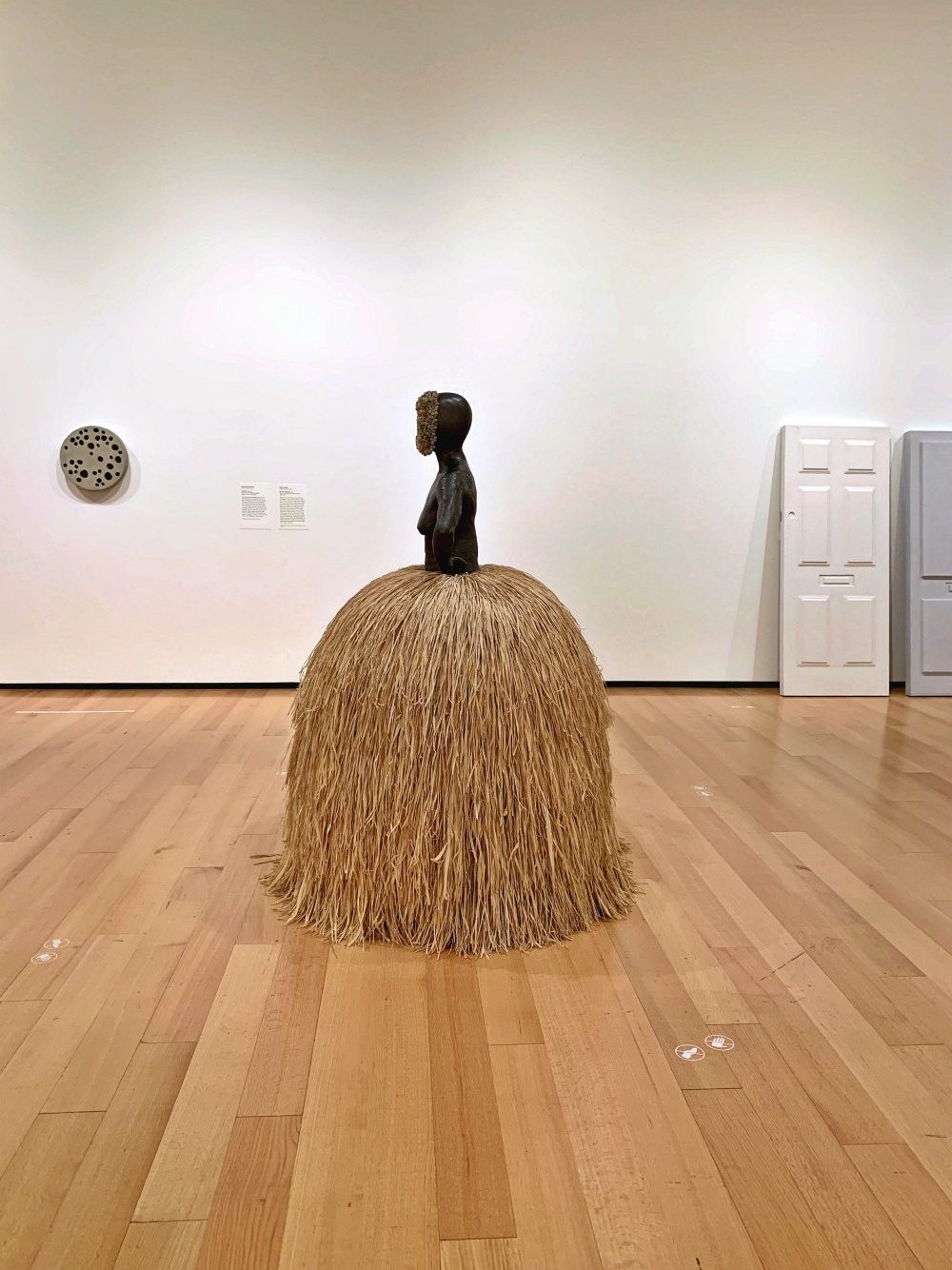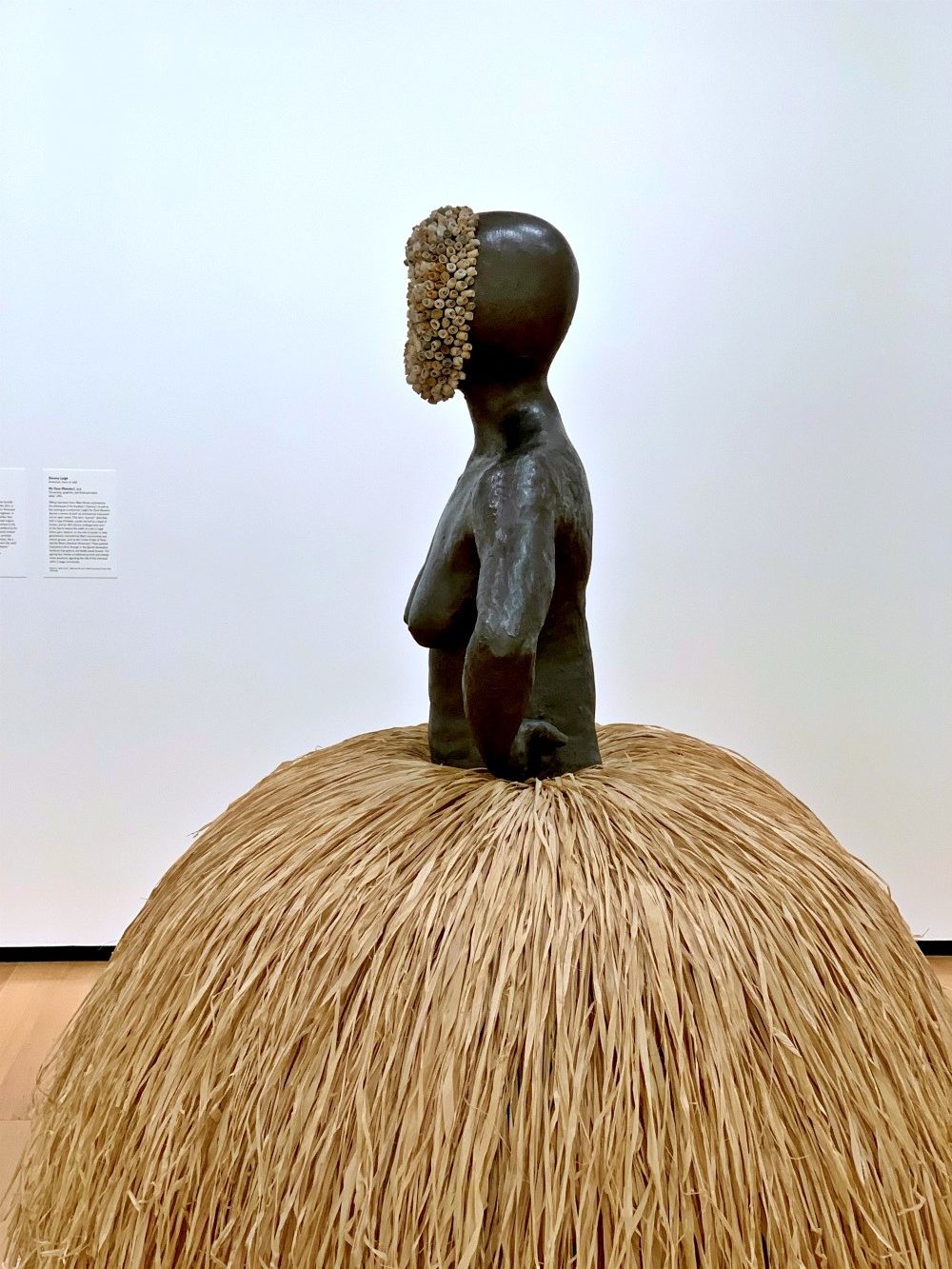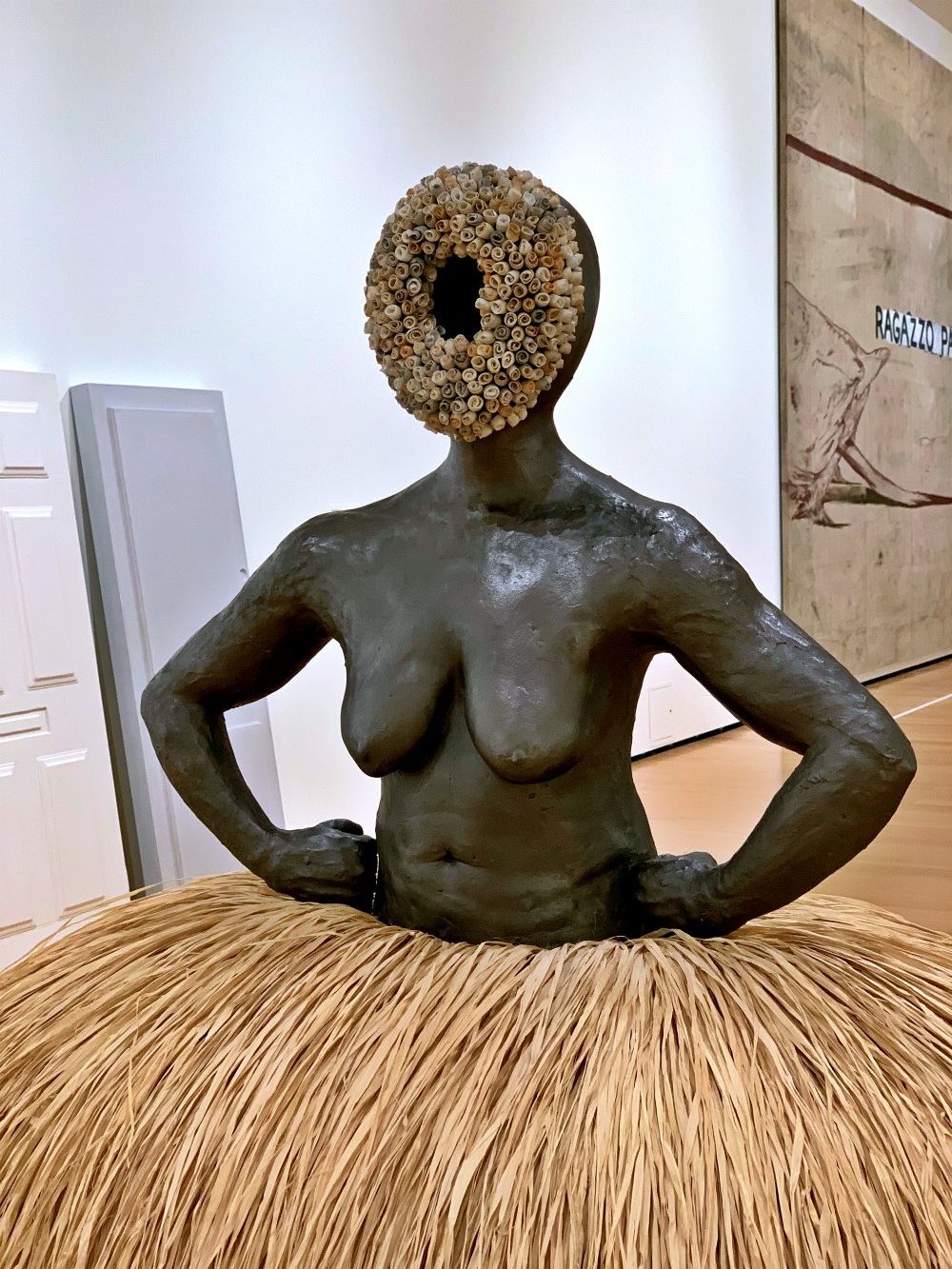My last museum visit was a morning trip to the MFA Boston right before the pandemic hit. A friend asked for me to share the museum with her since she’d never been, which encouraged me to walk us through just about every gallery.
This sculpture immediately caught my eye when we entered the contemporary exhibition gallery. Boldly placed in the middle of the floor so that whatever you looked at in the space your gaze was pulled back to this center.
I love texture and was immediately drawn to the figure, Simone Leigh's No Face (Pannier). In fact—like I do with anything I want to savor—I forced myself to look at everything else in the gallery first, so I could save the best for last. I’m sure I could have circled this sculpture for hours.
It is subtle, ostentatious, painful, beautiful, and thought provoking. Over the past few weeks, I’ve seen Simone Leigh’s name countless times. I’m grateful for the chance I had to get up close and personal with one of her works, “meeting” her for the first time this winter.
Leigh incorporates terracotta, graphite, salt-fired porcelain, steel and raffia to create this sculpture. Once you've seen her work, you'll be able to immediately recognize her other sculptures. They often draw upon a variety of materials and many are costumed with the raffia skirt, almost like her signature.
The information listed on the plaque in the gallery really says it all, so I won’t try to summarize:
"Taking inspiration from West African architecture, the stereotype of the Southern 'mammy,' as well as her training as a ceramicist, Leigh's No Face (Pannier) depicts a woman as both an architectural monument and an open vessel. (The term 'pannier' describes both a type of basket, usually carried by a beast of burden, and an 18th-century undergarment worn at the hips to extend the width of a skirt.) Leigh draws upon research on the role of women in intergenerational, transnational Black communities and activist groups, such as the United Order of Tents and the Black Liberation Movement. These political inspirations shine through in the figure's declarative hand-on-hips gesture and boldly bared breasts. The gaping face refuses a traditional portrait and instead raises questions regarding the role of the individual within a larger community."
Leigh's work carries such significance for me because of how it is rendered. A seemingly mere sculpture, Leigh's work is comprised of myriad layers — highlighting triple or quadruple themes, using materials that bring their own significance and meaning, and a presentation that is simultaneously bold and subtle. In fact, for the Black artists that I studied in school or have seen in person, this 'layering' is present in many of their works. Deep-seeded histories, reverence for and authentic use of materials, and a play on words, postures, and meanings can often be found in their artworks. Read the description from the museum above again and think about the idea of this sculpture as a vessel. A vessel that carries memories, emotions, and histories.
When you can visit a museum again, or as you navigate collections online at home, I urge you to find the artists of color. Tell me how much more vivid and truthful their artwork is than anything else in the collection.
